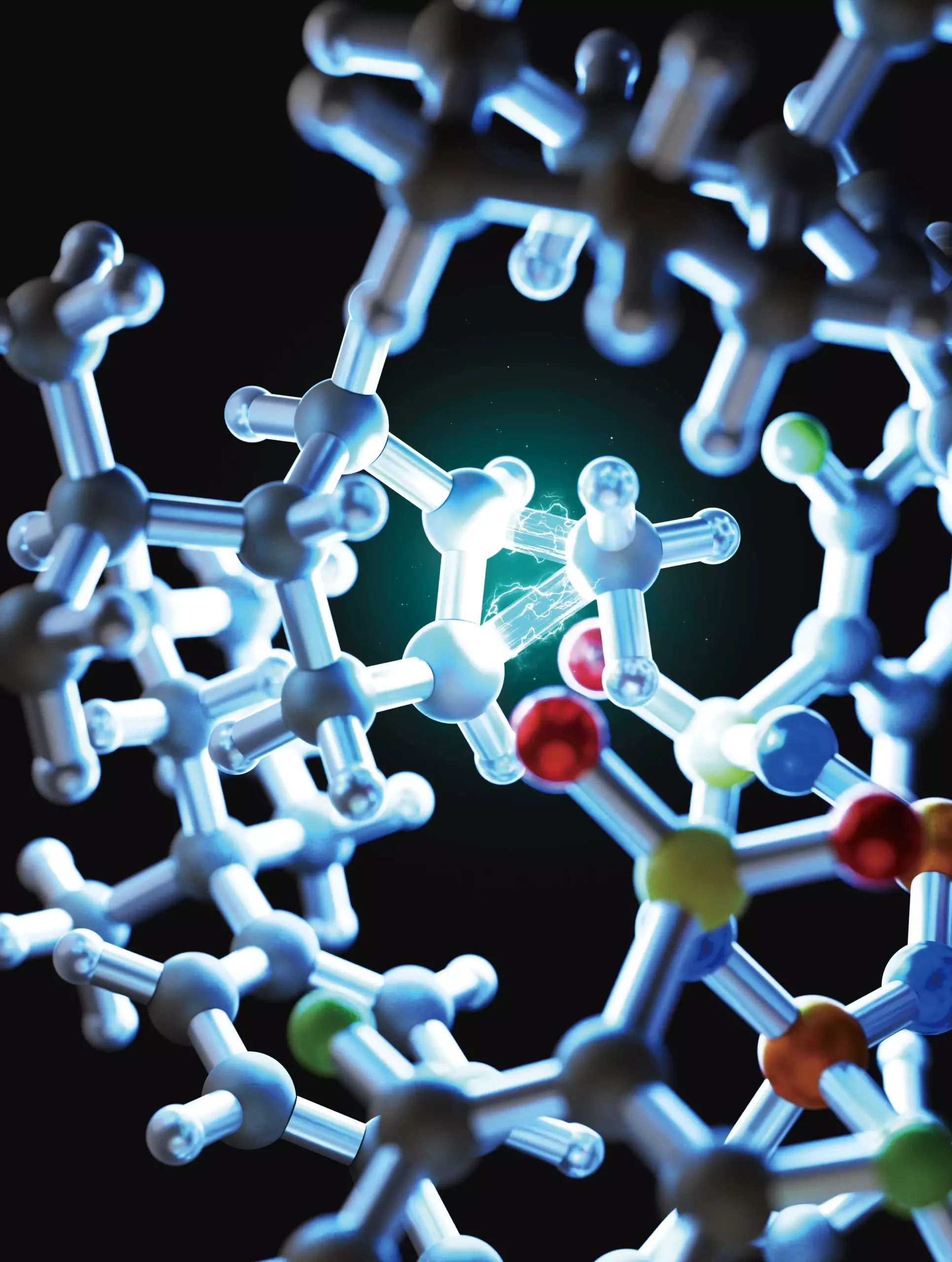In the realm of organic chemistry, alkanes pose a substantial challenge due to their remarkable stability and inertness, mainly attributable to their robust carbon-carbon bonds. These compounds, found widely in fossil fuels, are essential for the synthesis of numerous chemicals and materials including plastics, solvents, and lubricants. Yet, the difficulty lies in their activation. Chemists have long sought methods to convert these straightforward hydrocarbons into more versatile and reactive chemical species. A noteworthy breakthrough from researchers at Hokkaido University in Japan may pave the way for significant advancements in this area, particularly in the production of valuable chemicals for pharmaceutical applications and high-tech materials.
The Breakthrough Method: Utilizing Cyclopropanes
Central to these researchers’ achievements is the innovative use of cyclopropanes, a unique subset of alkanes distinguished by their cyclic structure, which inherently renders them more reactive than their linear counterparts. Traditional methodologies for breaking down long-chain alkanes, commonly referred to as cracking, often result in a haphazard mixture of byproducts that complicate the isolation of desired compounds. This disarray stems from the formation of reactive intermediates, particularly carbonium ions, which possess a complex bonding configuration that drastically increases their reactivity, making them difficult to manage within a reaction context.
To navigate these challenges, the research team turned their attention to a specific class of confined chiral Brønsted acids known as imidodiphosphorimidates (IDPi). These powerful acids are capable of proton donation, which is key to unleashing the reactivity of cyclopropanes, enabling their controlled fragmentation within uniquely designed environmental settings.
The strategic deployment of IDPi acids in this research ushered in a new level of control over the reaction mechanisms involved in the conversion of cyclopropanes. According to Professor Benjamin List, who leads the investigation, the use of these acids allows for selective cleavage of cyclopropanes into alkenes while maintaining the integrity of the molecular structure. This criterion of precision, or stereoselectivity, is unparalleled in industries like pharmaceuticals, where the configuration of molecules can profoundly impact their biological activity.
The defining feature of this method is its ability to stabilize transient reactive structures during the conversion process. This stabilization guides the reaction towards the production of targeted compounds, while concurrently reducing the likelihood of forming undesired byproducts. This balance of efficiency and selectivity is critical for industries that rely heavily on chemical reactions, showcasing the method’s potential impact.
To refine their innovative approach, the research team made iterative improvements to the catalyst structure used in their reactions. These adjustments not only increased the yield of the desired products but also ensured that specific molecular forms were produced. Associate Professor Nobuya Tsuji elaborates on this advancement, indicating that the modifications made to the catalyst design were instrumental in reaching enhanced efficiency levels.
Advanced computational simulations also played a vital role in visualizing interactions between the IDPi acids and cyclopropanes. This technological integration allowed researchers to predict and manipulate reaction pathways more effectively, ensuring consistent outcomes.
Implications for Future Chemical Developments
The implications of this research extend far beyond the chemistry laboratory. By showcasing the capacity to convert not only simple cyclopropanes but also more intricate molecules into valuable products, the team’s methodology opens new vistas for industrial chemical synthesis. The precision with which atoms can be arranged in the final products is poised to revolutionize the production of specialized chemicals spanning a spectrum of applications—from targeted pharmaceuticals to advanced material technologies.
The pioneering research from Hokkaido University provides a promising new pathway for leveraging organic chemistry in creating more effective chemical processes. This advancement, combining innovative catalytic methods with a deep understanding of molecular interactions, marks a significant step towards redefining our approaches to alkane activation and the broader field of chemical synthesis.

